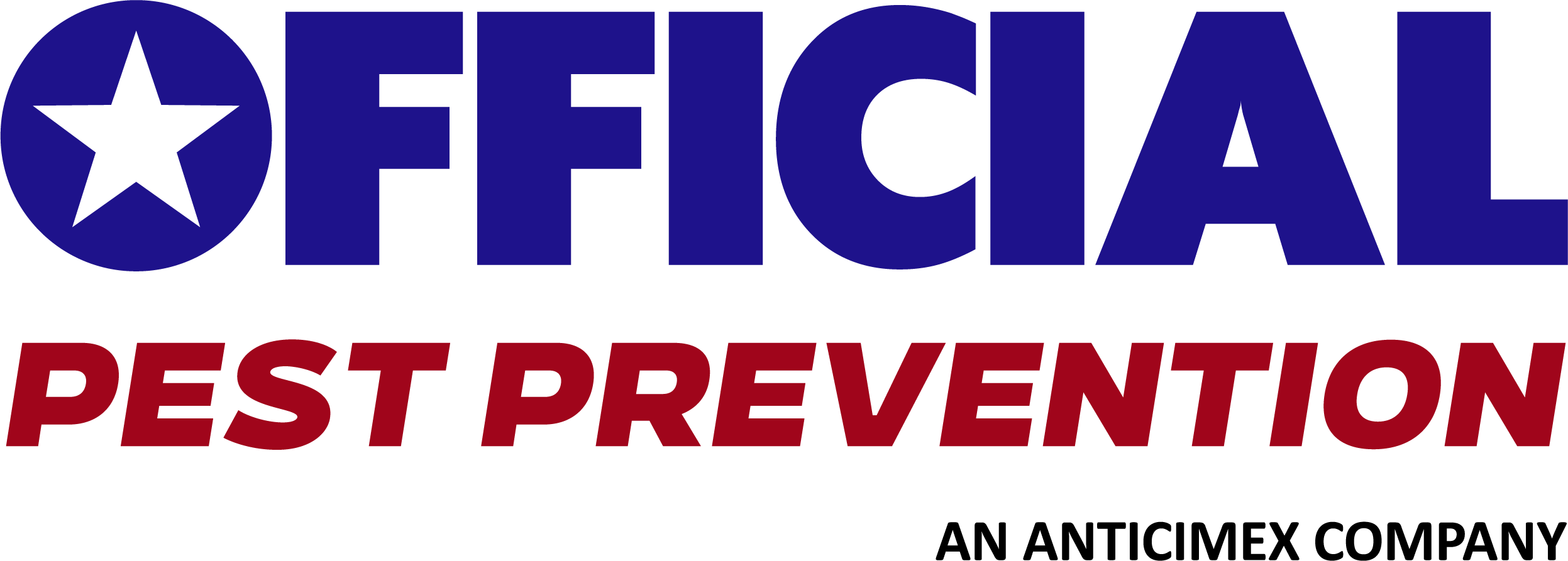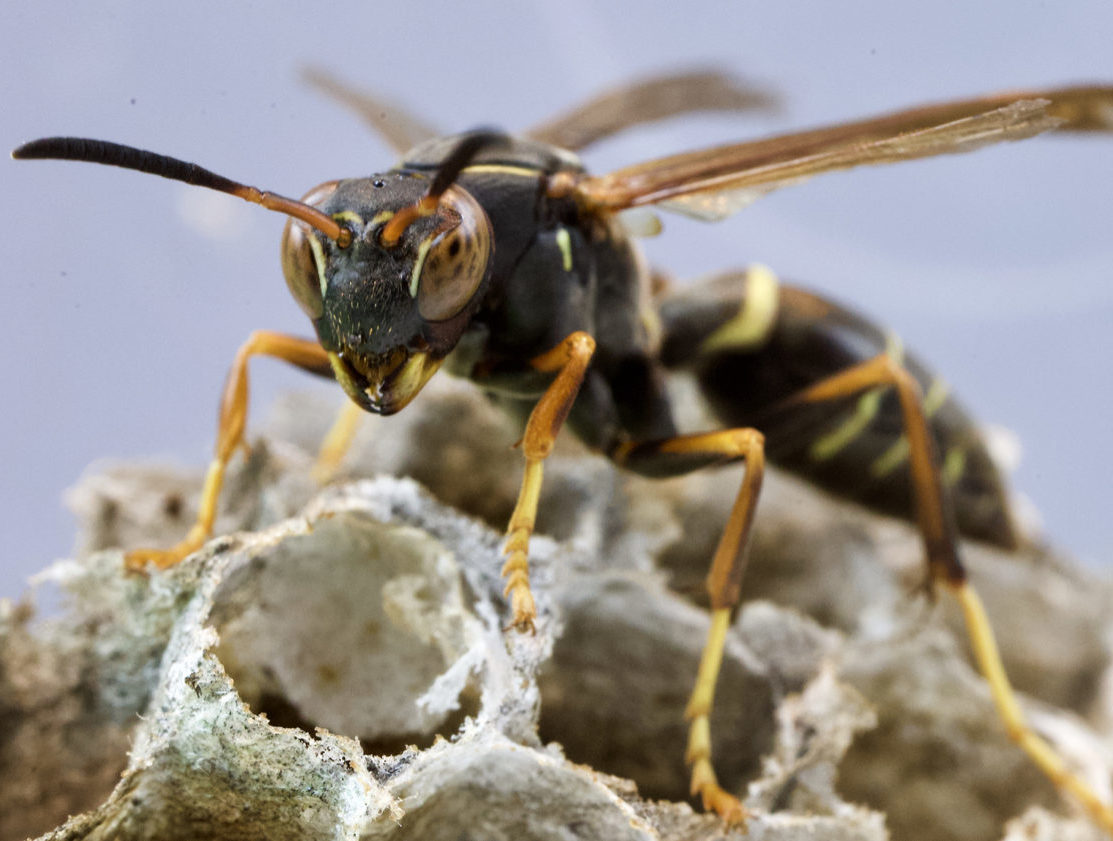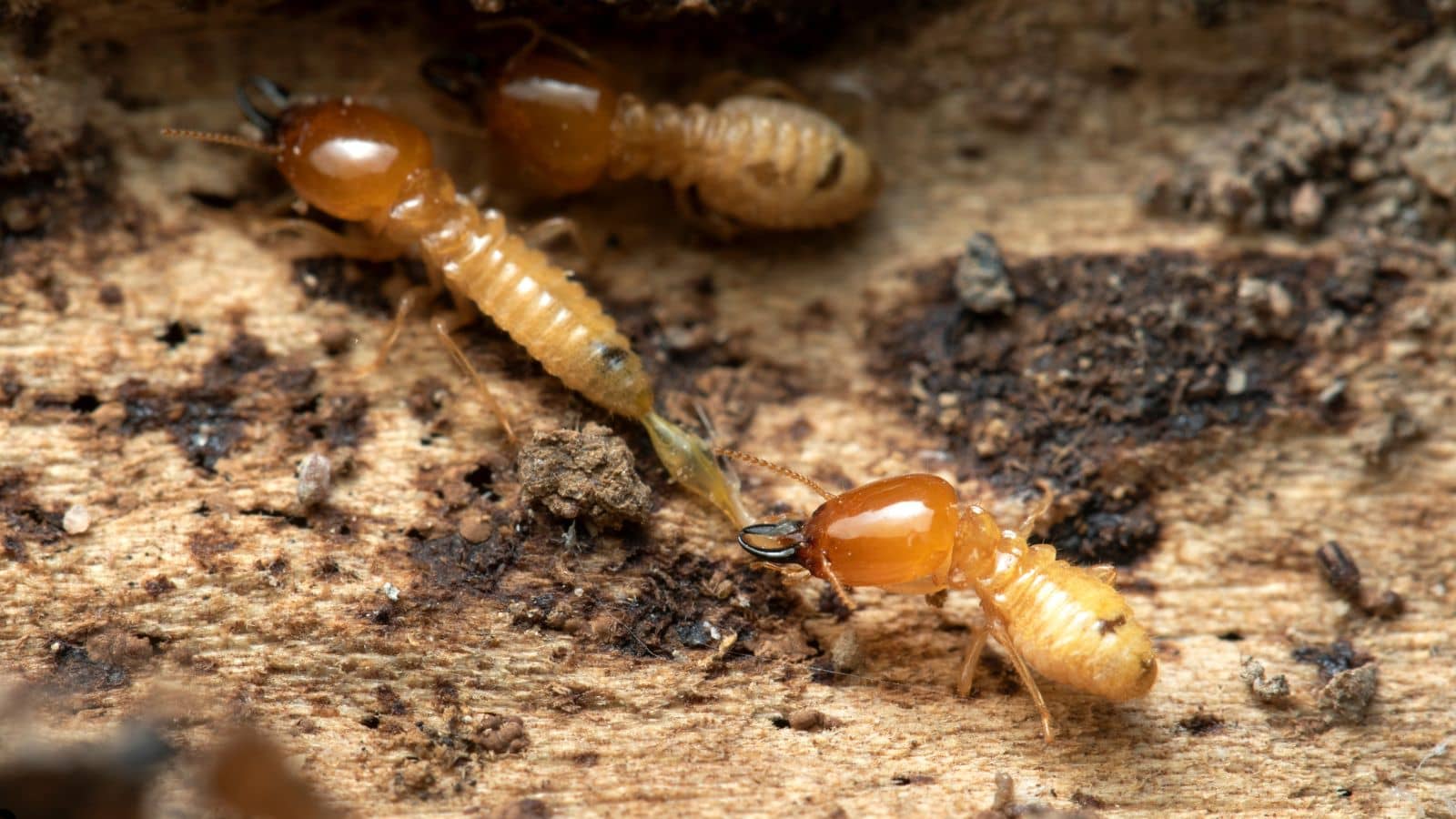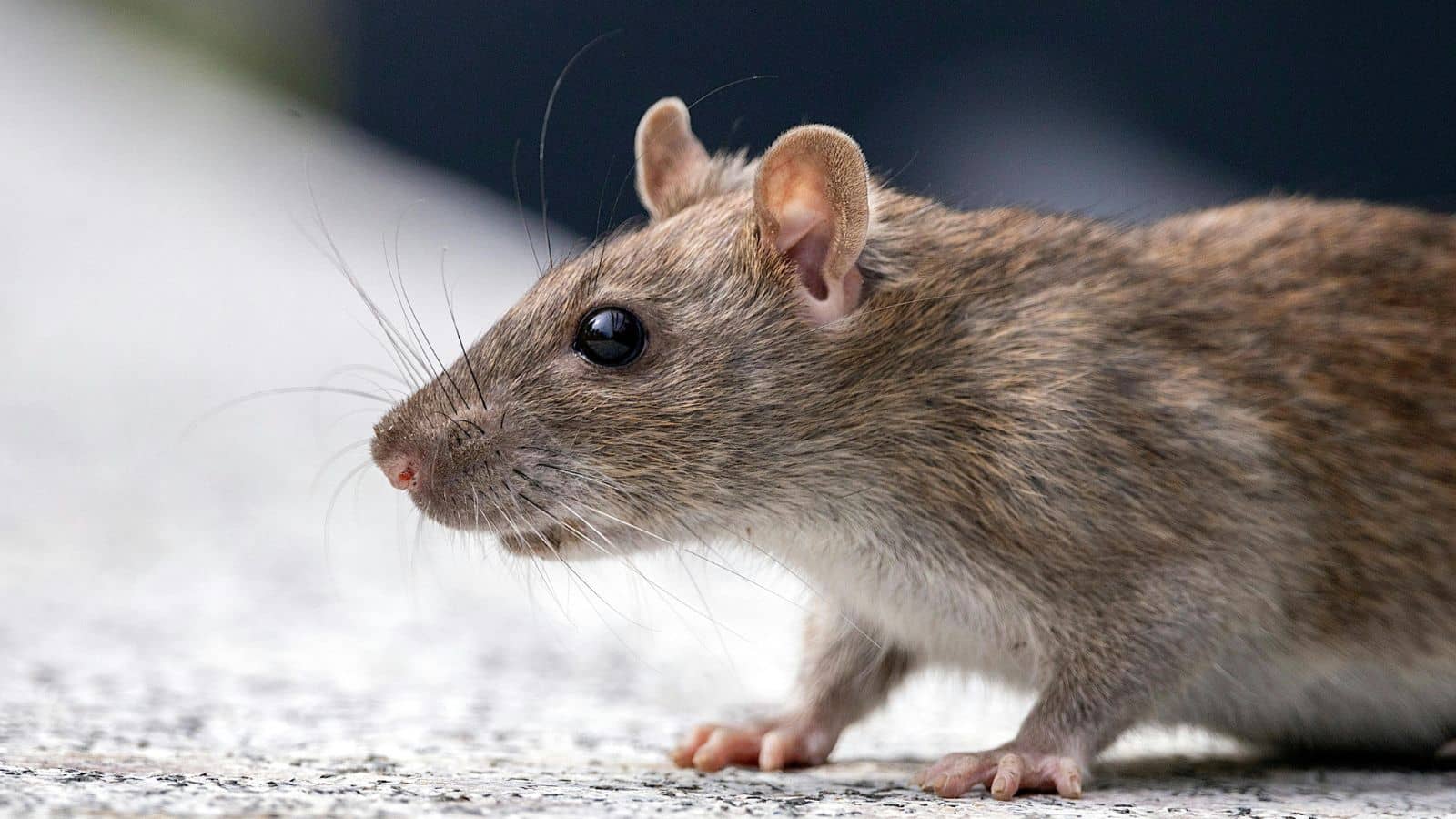Have you ever spotted a wasp buzzing inside your Fresno home during winter and thought, “How are these things still alive?” You’re not alone. The likely culprit is the paper wasp, a surprisingly resilient insect that thrives even when temperatures dip.
In areas like Fresno, where winters are milder compared to colder parts of the country, paper wasps don’t necessarily die off — they adapt. Understanding their behavior is key to protecting your home year-round.
Why Paper Wasps Survive Fresno Winters
Unlike wasps in colder states that freeze and die, paper wasps in Fresno have a different strategy. As temperatures cool in the fall:
- Worker wasps die off naturally.
- Fertile female wasps — future queens — seek shelter to survive the cold months.
These future queens enter diapause, a type of insect hibernation, enabling them to “pause” their life cycle until spring.
Since Fresno rarely experiences prolonged freezing weather, overwintering wasps face fewer threats from the elements. Warm spells — common in Central California — can awaken dormant wasps prematurely, leading to surprise indoor sightings.
Key Point: Paper wasps don’t build active nests during winter; they wait until spring to establish new colonies.
Common Hiding Places for Overwintering Paper Wasps
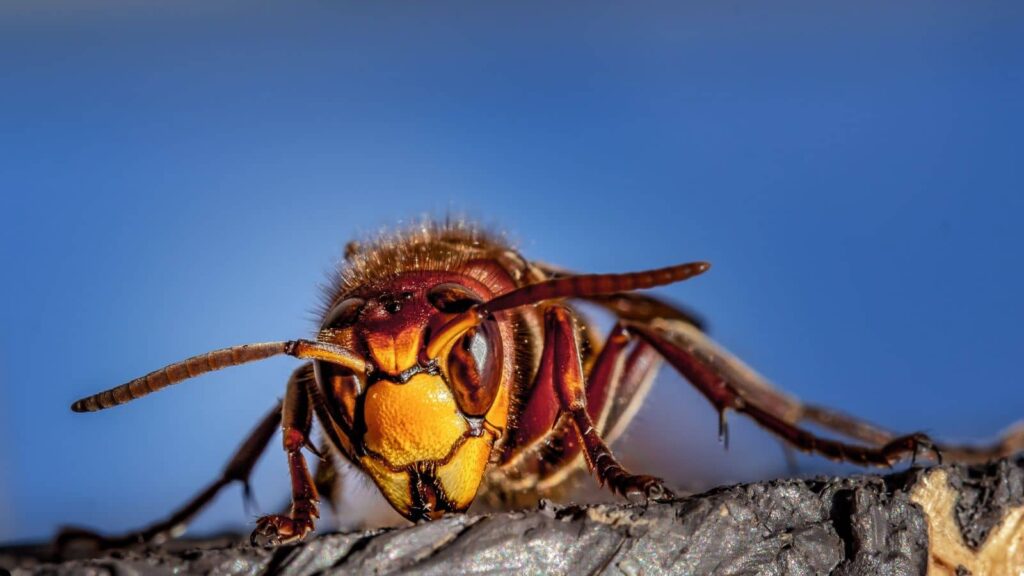
Paper wasps are strategic when choosing their winter shelters. Indoors or outdoors, they prioritize spots that are:
- Warm
- Dry
- Protected from wind and predators
Typical Wasp Overwintering Sites in Fresno Homes:
- Inside attics or wall voids
- Behind siding or fascia boards
- In chimneys without proper caps
- Around windows, doors, and soffits
- Under loose roof shingles or tiles
- Between deck or porch floorboards
In older Fresno homes, where natural wear creates tiny openings, paper wasps can easily slip inside unnoticed.
Paper Wasps in Homes: A Wintertime Surprise
When a warm spell hits Fresno in the middle of winter, dormant wasps can reawaken and seek a way out — sometimes right into your living room!
What Happens Next:
- The wasps are sluggish but still capable of stinging if disturbed.
- They might appear near windows, lights, or heating vents as they follow warmth and light.
Homeowner Tip: Seeing one wasp could indicate dozens more hidden away, still dormant and waiting for spring.
Are Winter Paper Wasps Dangerous?
Paper wasps are less aggressive in winter due to their sluggish, energy-conserving state. However, they will still sting if provoked.
Risks to Consider:
- Painful Stings: Even dormant wasps can defend themselves if touched or threatened.
- Allergic Reactions: Individuals sensitive to insect venom should treat all wasp encounters seriously.
- Early Nesting: If unseasonably warm weather persists, some queens may attempt to build nests inside attics or wall voids.
Important: Always use caution when dealing with indoor wasps, especially if anyone in the household has a known bee or wasp sting allergy.
How to Prevent Paper Wasps from Entering Your Fresno Home
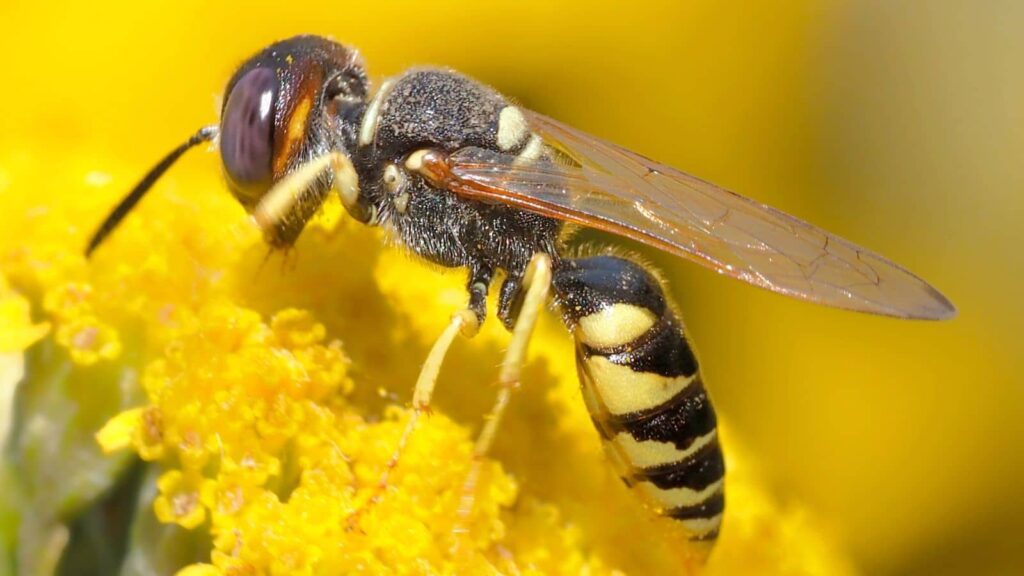
Prevention is always easier than dealing with an infestation.
Here’s how to proactively protect your home.
1. Seal Entry Points
- Inspect your home thoroughly every fall.
- Seal cracks and gaps with silicone caulk or expanding foam.
- Pay close attention to rooflines, soffits, window frames, and vents.
2. Install Protective Barriers
- Add fine mesh screens over attic vents, chimneys, and crawl spaces.
- Replace damaged weather stripping around doors and windows.
3. Maintain the Exterior
- Regularly check for signs of early nest-building under eaves, decks, and overhangs.
- Keep trees and bushes trimmed back from the sides of your house.
4. Schedule Seasonal Pest Control
A preventative pest treatment each fall can dramatically reduce the chance of overwintering wasps.
Schedule your Winter Pest Inspection with Official Pest Prevention
What to Do if You Find Paper Wasps Inside During Winter
Spotting a wasp indoors in the middle of winter can be unsettling. Here’s how to handle it safely:
Immediate Steps:
- Stay calm and avoid swatting — startled wasps are more likely to sting.
- If safe, trap the wasp under a glass and slide a stiff piece of paper underneath to release it outside.
- If multiple wasps are seen, vacuuming them up carefully can be effective (dispose of the bag immediately).
When to Call the Pros:
If you see more than one or two wasps over a few days, it’s time to call a pest control expert to locate and treat the hidden infestation.
How Fresno’s Climate Impacts Wasp Behavior
Fresno’s Mediterranean climate — mild, wet winters and hot, dry summers — creates ideal conditions for paper wasps to survive the cooler months.
- Warmer winters mean fewer natural die-offs.
- Unpredictable weather (warm days mixed with cool nights) can trigger premature awakenings.
- Spring starts early compared to colder regions, giving wasps a head-start on building nests.
Fun Fact: Paper wasps usually emerge fully active by late February or early March in Fresno!
Why Professional Pest Control Matters for Winter Wasp Problems
Attempting to deal with overwintering wasps on your own can be risky. Professional pest control ensures:
- Removal of visible wasps.
- Discovery and treatment of hidden overwintering sites.
- Long-term protection through sealing and preventative treatments.
At Official Pest Prevention:
We use customized approaches to target Fresno-specific wasp challenges year-round.
FAQs About Winter Paper Wasps in Fresno
Are paper wasps more active indoors during Fresno’s winter?
They can become active indoors if temperatures warm up unexpectedly. Otherwise, they stay dormant in hidden locations.
How can I tell if paper wasps are overwintering in my home?
Signs include occasional sluggish wasps inside, rustling sounds from walls, or finding dead wasps in attics and basements.
Will wasps build nests inside my house during winter?
Rarely during true winter months. However, if it warms up too early, queens might mistakenly start a nest inside attics or walls.
Trust Official Pest Prevention for Winter Wasp Control in Fresno
You deserve peace of mind — even in winter. If paper wasps have made your home their cold-weather retreat, call the experts at Official Pest Prevention. We’ll eliminate overwintering wasps and help you seal up your home to prevent future invasions.
- Local expertise
- Friendly, professional service
- Comprehensive winter pest solutions
Contact Official Pest Prevention today for your FREE winter inspection!
